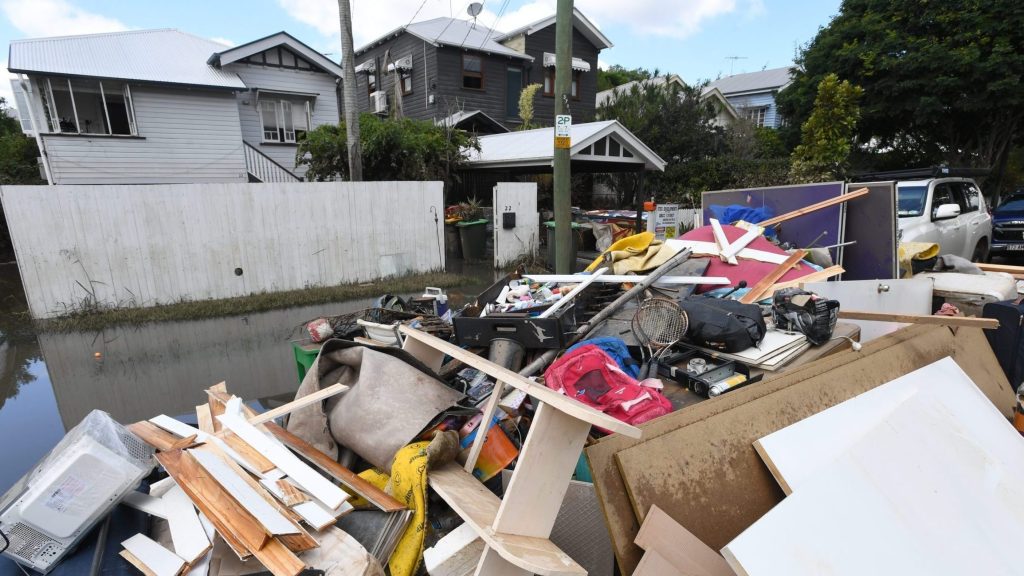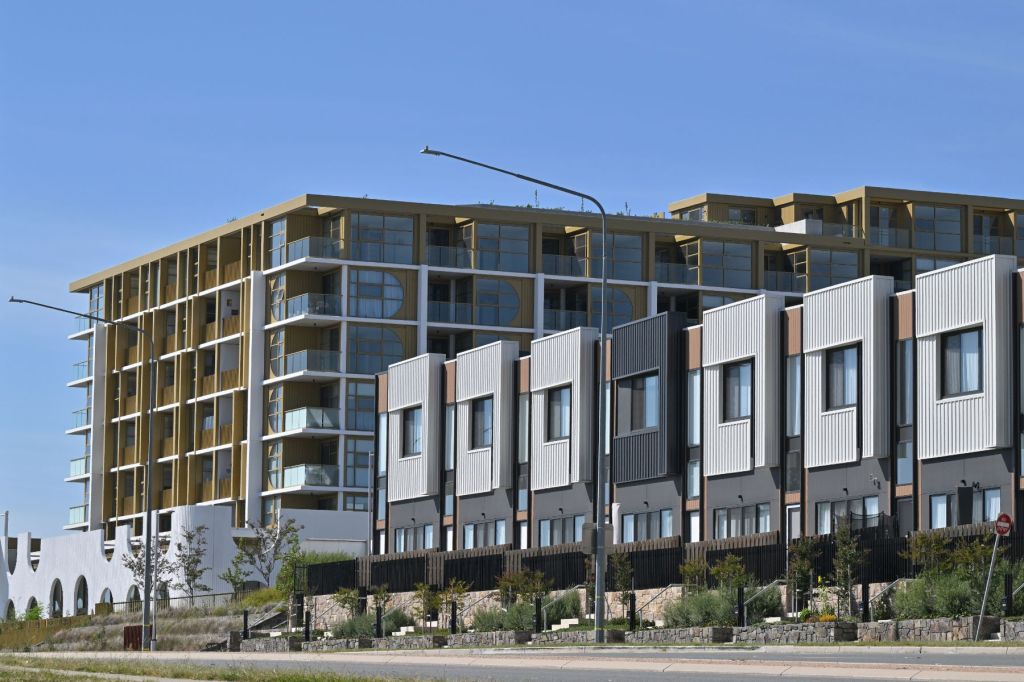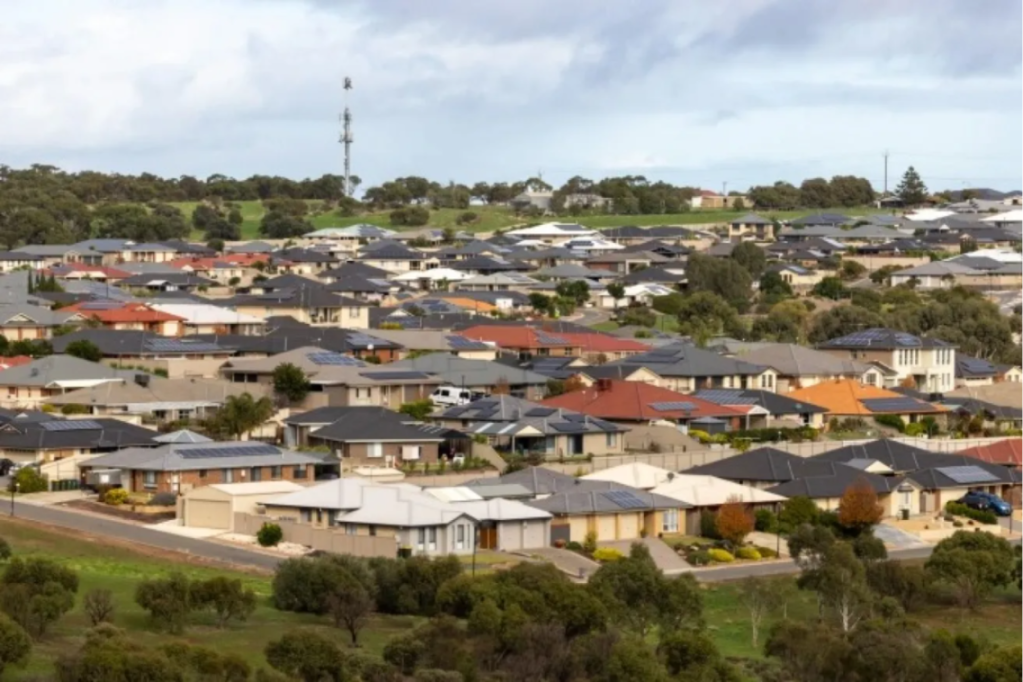Insurance monster on track for strong year with (touch wood) no cyclones
Australia’s largest insurance company is on track to meet its financial targets, aided by fewer natural peril claims this financial year so far.

Insurance Australia Group CEO Nick Hawkins told the company’s annual general meeting in Sydney on Thursday the company had budgeted for 18 per cent more natural perils claims than the $1.01 billion it put aside in 2023/24.
“We have had relatively low natural perils in the first quarter, but of course, we know that can change,” Mr Hawkins said.
Last year, IAG’s natural perils claims ran under budget, with $983 million in claims.
That was a welcome change from 2022/23, when natural perils claims came in $297 million over IAG’s $909 million allowance, partly due to flash flooding in Auckland, New Zealand, in January 2023.
In 2021/22, a series of calamities – hail in Adelaide and severe winds in Victoria, and flooding and thunderstorms in NSW and Queensland – led to a natural perils blowout.
Claims came in at $1.1 billion, $354 million above IAG’s original allowance of $765 million.
On Wednesday, IAG reiterated it was on track to meet its guidance of an insurance margin of 13 to 15 per cent, and gross written premium growth of mid-to-high single digit.
Mr Hawkins said that IAG is now taking out multi-year reinsurance perils cover, coping stabilise the impact of increased reinsurance costs in the event of further extreme weather.
“Encouragingly, when we look ahead for our customers, we see the potential to limit future premium increases driven by reinsurance and natural perils costs,” he said.
Stay informed, daily
IAG is also reviewing the recommendations of a federal inquiry that faulted the way it and other insurance companies responded to those 2022 flooding vents.
IAG announced in September that it was migrating its entire employee car fleet – around 900 vehicles – to hybrid and electric vehicles by the end of 2029/30.
Mr Hawkins also told the meeting IAG wasn’t ready to transition its disaster response team to using electric vehicles, given they are sometimes called to disaster-hit regions without power.




